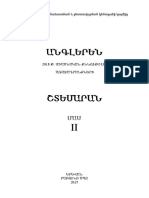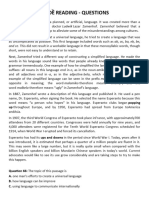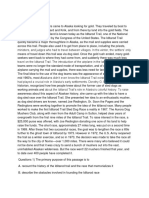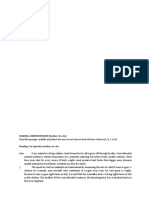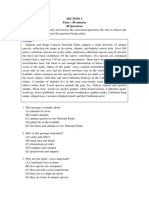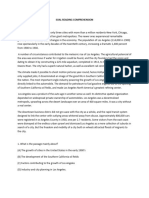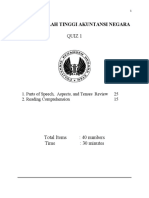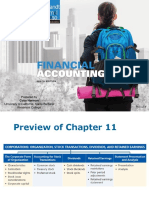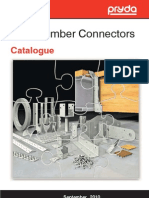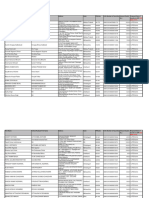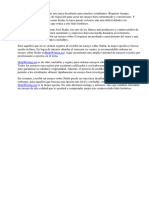0% found this document useful (0 votes)
124 views6 pagesESL Reading Comprehension Tasks
The document presents a reading passage and questions about the passage. The passage discusses how William Wrigley Jr. originally developed chewing gum as a premium product to give away with other items like soap and baking soda before realizing the gum was more popular. It then provides multiple choice questions about details and implications in the passage. The questions test comprehension of facts specifically stated or necessarily implied by the information given in the passage.
Uploaded by
Nguyễn Hồng QuânCopyright
© © All Rights Reserved
We take content rights seriously. If you suspect this is your content, claim it here.
Available Formats
Download as DOCX, PDF, TXT or read online on Scribd
0% found this document useful (0 votes)
124 views6 pagesESL Reading Comprehension Tasks
The document presents a reading passage and questions about the passage. The passage discusses how William Wrigley Jr. originally developed chewing gum as a premium product to give away with other items like soap and baking soda before realizing the gum was more popular. It then provides multiple choice questions about details and implications in the passage. The questions test comprehension of facts specifically stated or necessarily implied by the information given in the passage.
Uploaded by
Nguyễn Hồng QuânCopyright
© © All Rights Reserved
We take content rights seriously. If you suspect this is your content, claim it here.
Available Formats
Download as DOCX, PDF, TXT or read online on Scribd
/ 6
